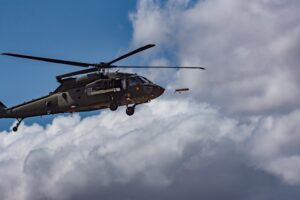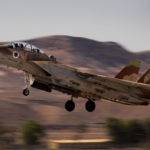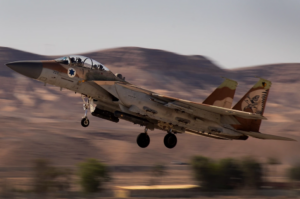
The Army has awarded 10 deals totaling $29.8 million to a group of companies to develop Air Launched Effects (ALE) for its future helicopter fleet, the service announced Tuesday. The vendors are split between working on air vehicles, mission systems and payloads, with the end goal of delivering new drones that can be launched from its Future Attack Reconnaissance Aircraft (FARA), or other platforms, and capable of penetrating adversaries’ Anti-Access/Area Denial environments (A2/AD). “Air Launched Effects are a critical component…

 By
By 









